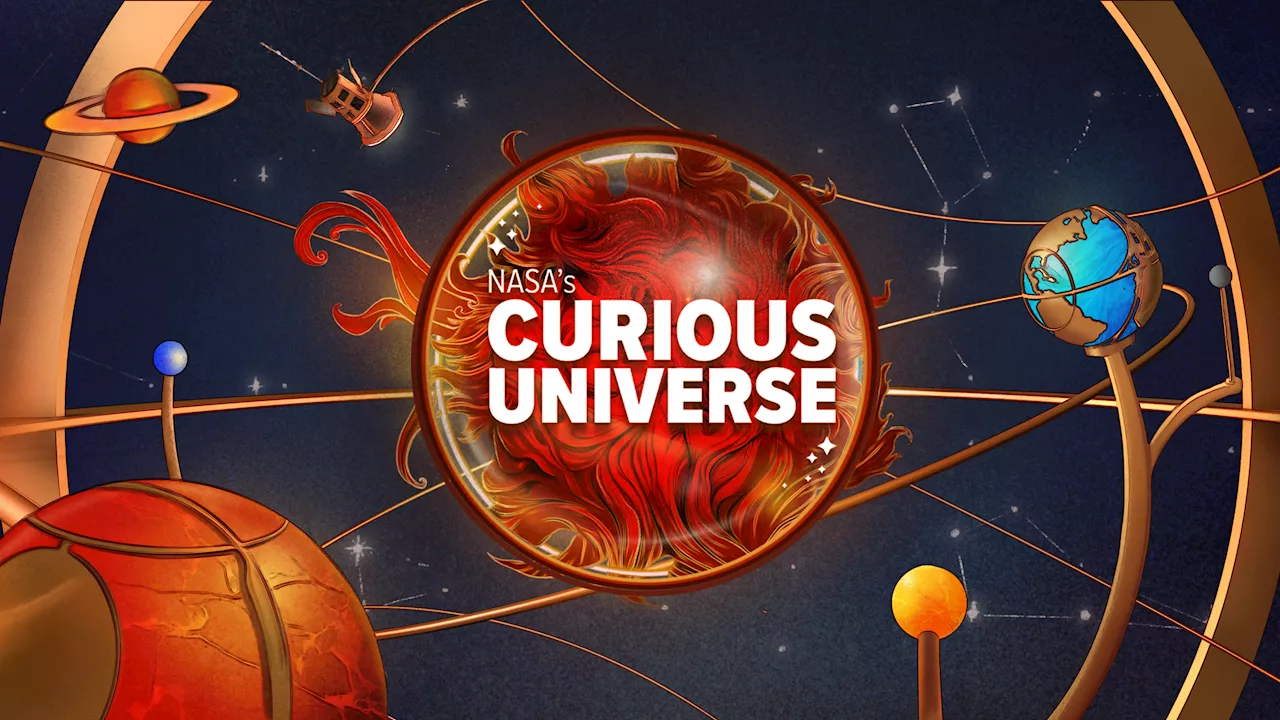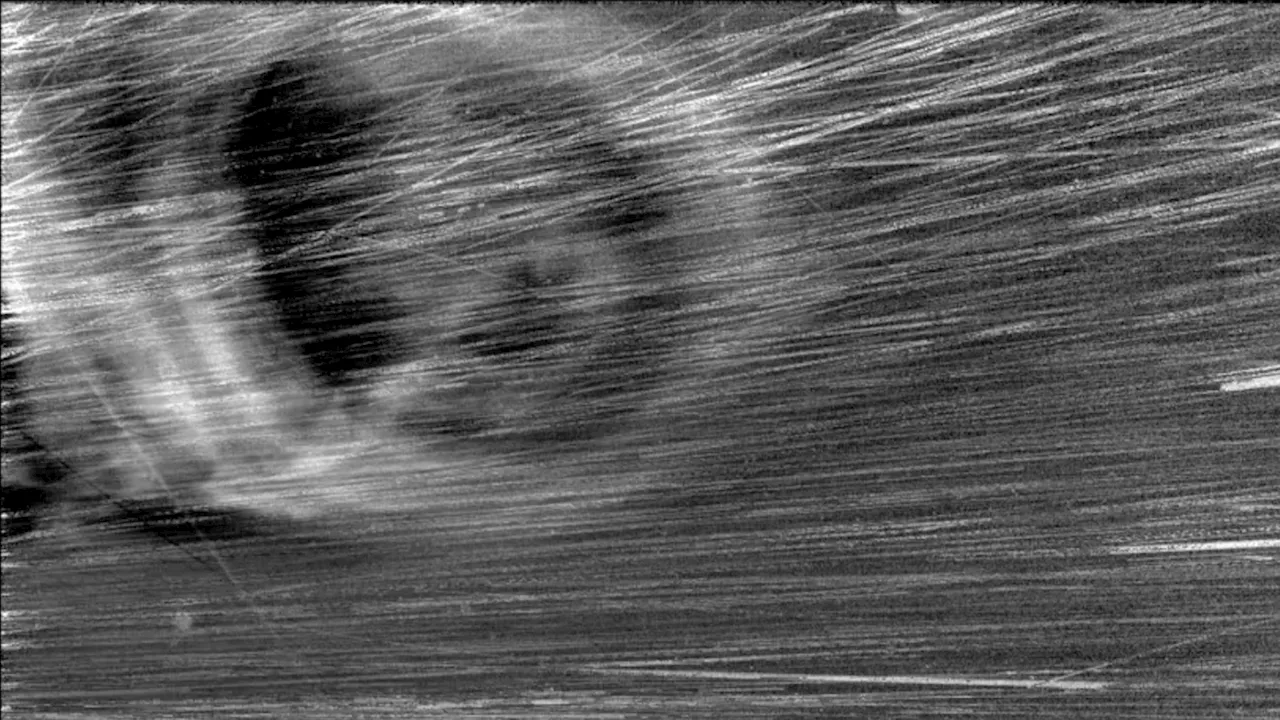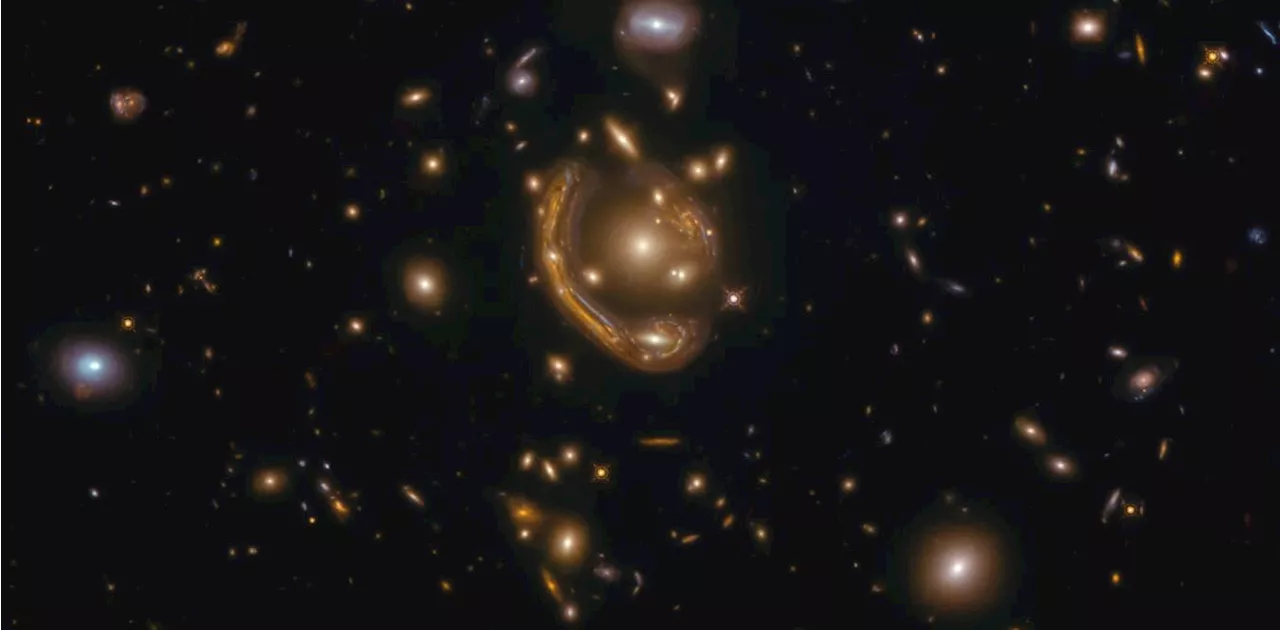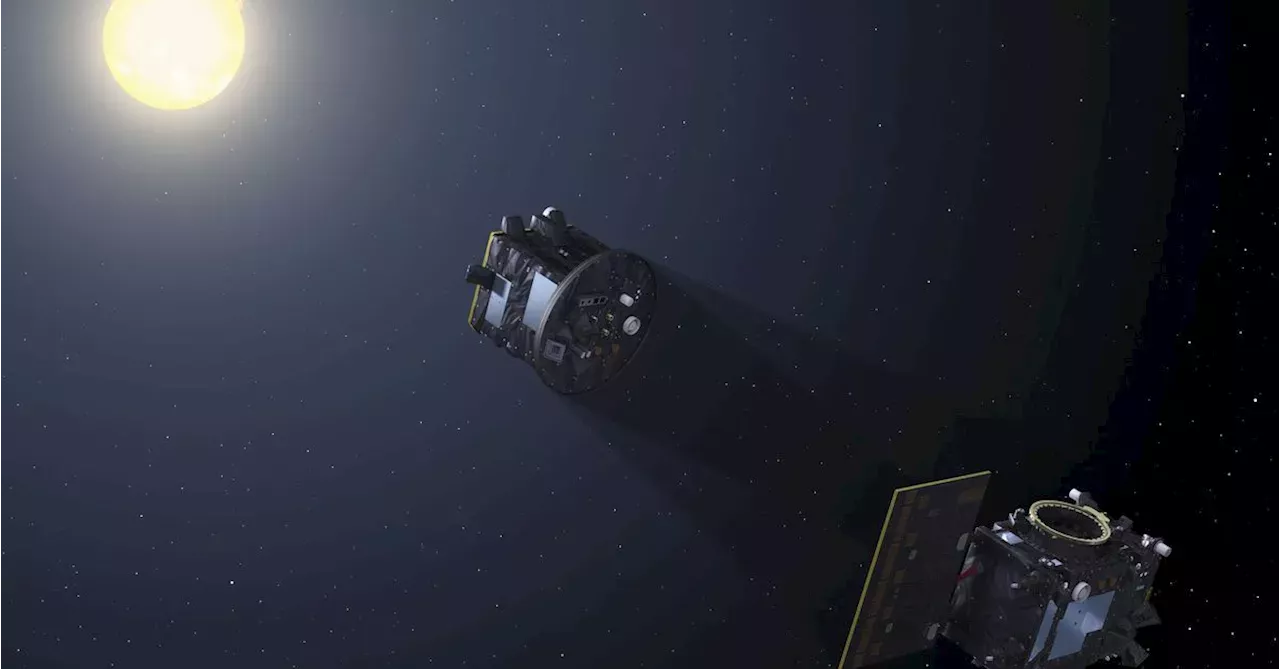The European Space Agency plans to launch a pair of satellites to study the Sun’s corona, with one blocking its surface light while the other observes the remaining light.
The European Space Agency is preparing to create its own solar eclipses so that researchers can study one of the more difficult-to-observe parts of the Sun’s anatomy: its blazing-hot corona. To do that, it hopes to fly two separate spacecraft, 150 meters apart and aligned so that one satellite blocks all but the corona from the other satellite, which will observe it using an instrument called a coronagraph.
Aside from being mysteriously hotter than the Sun’s surface, it contributes to solar wind, and its coronal mass ejections have potential effects on Earth, ranging from the dancing lights of the planet’s auroras to widespread electrical outages . The ESA says one of the goals of the mission, known as Proba-3, is to measure the Sun’s total energy output to inform climate modeling.
United States Latest News, United States Headlines
Similar News:You can also read news stories similar to this one that we have collected from other news sources.
 Sun Series: The Sun, Our StarListen to episode one of the Sun + Eclipse Series from NASA's Curious Universe Podcast
Sun Series: The Sun, Our StarListen to episode one of the Sun + Eclipse Series from NASA's Curious Universe Podcast
Read more »
 South Korean ‘artificial sun’ reaches 7 times the Sun’s core temperatureKorea's artificial sun, KSTAR, has set a new temperature record of 7 times that of the Sun's core thanks to new tungsten diverters.
South Korean ‘artificial sun’ reaches 7 times the Sun’s core temperatureKorea's artificial sun, KSTAR, has set a new temperature record of 7 times that of the Sun's core thanks to new tungsten diverters.
Read more »
 Beyond Capital: The European Investment Fund's Blueprint For A Thriving European Venture EcosystemSerial technology entrepreneur with 10+ years of experience building scalable tech ventures; leading product and development teams, selling to and co-developing products with Fortune 100 customers, raising capital from global professional investors.
Beyond Capital: The European Investment Fund's Blueprint For A Thriving European Venture EcosystemSerial technology entrepreneur with 10+ years of experience building scalable tech ventures; leading product and development teams, selling to and co-developing products with Fortune 100 customers, raising capital from global professional investors.
Read more »
 The European Fashion Alliance Hosts the Status of European Fashion in BrusselsPart of the European Fashion Alliance's goal is to involve young talents and voices in the fashion conversation.
The European Fashion Alliance Hosts the Status of European Fashion in BrusselsPart of the European Fashion Alliance's goal is to involve young talents and voices in the fashion conversation.
Read more »
 NASA Probe's Daring Flight Through Sun's Eruption Sheds Light on Solar StormsThe Parker Solar Probe flew through a coronal mass ejection in 2021, finding clues that are helping to unravel the mystery of space weather.
NASA Probe's Daring Flight Through Sun's Eruption Sheds Light on Solar StormsThe Parker Solar Probe flew through a coronal mass ejection in 2021, finding clues that are helping to unravel the mystery of space weather.
Read more »
 Eclipses make the sun's gravitational light bending visibleDuring night-like conditions created during the totality of a solar eclipse, like that of April 8, planets and stars are visible. Venus and Jupiter, bracketing the sun, will be very noticeable, while Mercury will be rather faint.
Eclipses make the sun's gravitational light bending visibleDuring night-like conditions created during the totality of a solar eclipse, like that of April 8, planets and stars are visible. Venus and Jupiter, bracketing the sun, will be very noticeable, while Mercury will be rather faint.
Read more »
